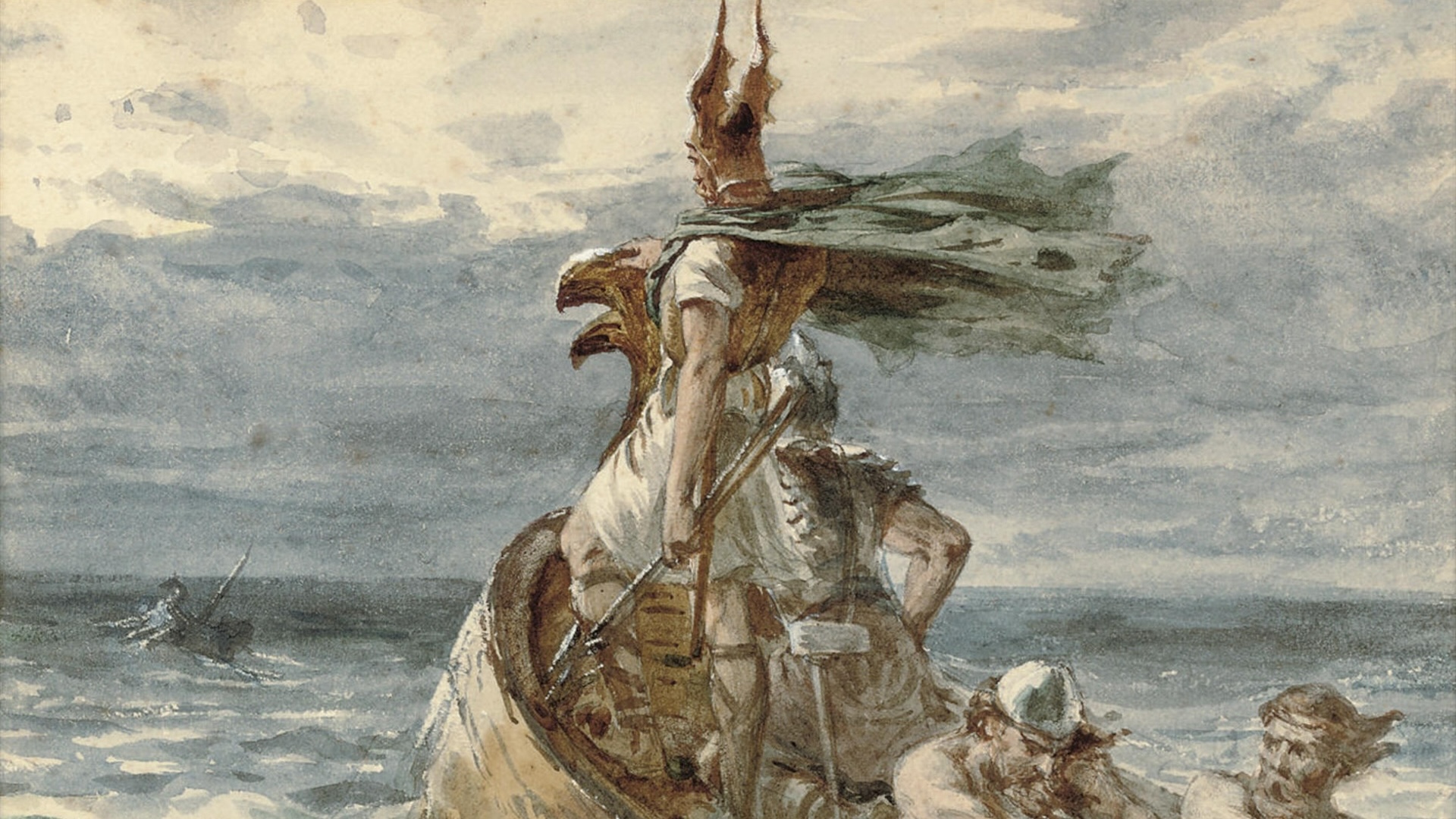Was a humongous Cascadia earthquake just one of many?
A 1700 earthquake could have been several instead of one.

An enormous Cascadia earthquake that sent a tsunami all the way to Japan in 1700 may have been one of a sequence of dangerous quakes, instead of a single devastating temblor.
The 1700 Cascadia earthquake is known from oral histories of local tribes living in what is today British Columbia, Washington, Oregon and northern California, as well as from geological records of broken rocks and tsunami deposits. Researchers are confident that the earthquake, with its estimated magnitude of 8.7 to 9.2, hit on Jan. 26: Written records in Japan tell of a tsunami on that date that corresponds to the oral histories and geological record on the other side of the Pacific.
Now, though, new research suggests that the 1700 quake may have been slightly smaller than previously believed, and that it was just one of a series of several large earthquakes that struck within a few years. The study, presented April 20 at the annual meeting of the Seismological Society of America, used a modeling approach to find that a single large quake isn't the only possible explanation for the geological evidence left behind from the 1700s.
Related: The 10 biggest earthquakes in history
"The tradition has been only 'a mega-quake explains everything,' and what I found is that's not true," said study author Diego Melgar, an earthquake seismologist at the University of Oregon. "A megaquake still can explain everything, but so can a sequence of events."
If the 1700 quake was in fact a sequence, it could have implications for what kind of earthquakes might happen on the fault in the future.
One or many?
The 1700 quake occurred where the Juan de Fuca tectonic plate is subducting, or pushing under, the North American plate. The traditional view is that about 620 miles (1,000 kilometers) of fault line between Vancouver Island and northern California broke in the quake. The earthquake caused the coastline to drop in elevation, a process called subsidence. Geologists can detect this subsidence by studying microscopic organisms called diatoms that live in the marshes along the Cascadia coastline. These diatoms are very sensitive to sea level, so which species were present in sediments from a particular place can reveal how deep the ocean water was at that time. Researchers can also trace the path of the 1700 tsunami in rock, sand and soil deposits laid down by the mass of water.
Sign up for the Live Science daily newsletter now
Get the world’s most fascinating discoveries delivered straight to your inbox.
Melgar's main line of research focuses on tsunami warning systems. Part of that research involves creating databases of simulated earthquakes and their associated tsunamis. With this database at his disposal, he decided to see if he could compare the simulations with the geological evidence left behind after 1700. He wanted to know, he said, if there were any earthquake scenarios he could rule out.
He found that the traditional view of a magnitude-9 or so quake hitting on Jan. 26, 1700, and breaking hundreds of miles of fault in one fell swoop is indeed possible. But the geological evidence is also consistent with a quake that was slightly less powerful and that broke only about half of the length previously predicted.
The rest of the coastline subsidence would have then occurred in a series of several other large quakes over the course of a decade. Instead of a single magnitude-9 quake, Melgar said, perhaps the Jan. 26 temblor was an 8.7, followed a few years later by an 8.4, then an 8.3 or an 8.2 the year after that. As long as the subsequent quakes were less than a magnitude 8.6, they would not have led to another tsunami in Japan.
Earthquake hazard
That's not really good news for the Cascadia region, because multiple giant quakes would be no less hazardous than one enormous one. The geological history of the Cascadia subduction zones suggests that it experiences very large earthquakes every few centuries (between every 240 years and every 500 years). The question now is whether these temblors always occur as a single huge earthquake or if sometimes they're a series of very big ones.
"The tsunami might not be as large from an 8.1, but the shaking can be really intense," Melgar said. "It's just dangerous in a different way."
Indeed, a decade in which giant quakes hit every two or three years might even be more devastating to people living in the region than a single quake hitting every few hundred years. That's why it's important to get to the bottom of which scenario is more likely, Melgar told Live Science. This work would involve more detailed, high-tech modeling of tsunami waves from a magnitude-8 or magnitude-9 quake, as well as a closer look at the damage from 1700.
"We need to do a lot more fieldwork up and down Oregon, Washington, California and British Columbia," he said.
Originally published on Live Science.

Stephanie Pappas is a contributing writer for Live Science, covering topics ranging from geoscience to archaeology to the human brain and behavior. She was previously a senior writer for Live Science but is now a freelancer based in Denver, Colorado, and regularly contributes to Scientific American and The Monitor, the monthly magazine of the American Psychological Association. Stephanie received a bachelor's degree in psychology from the University of South Carolina and a graduate certificate in science communication from the University of California, Santa Cruz.










